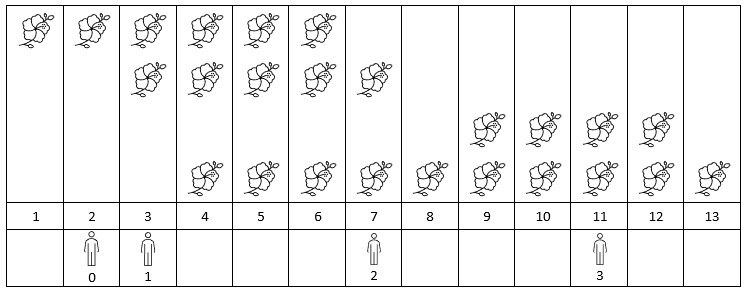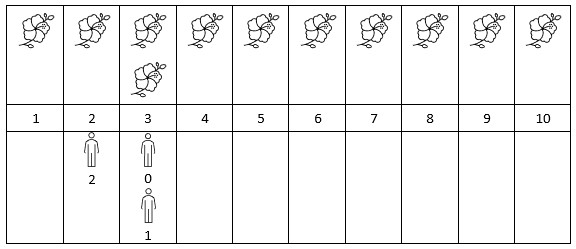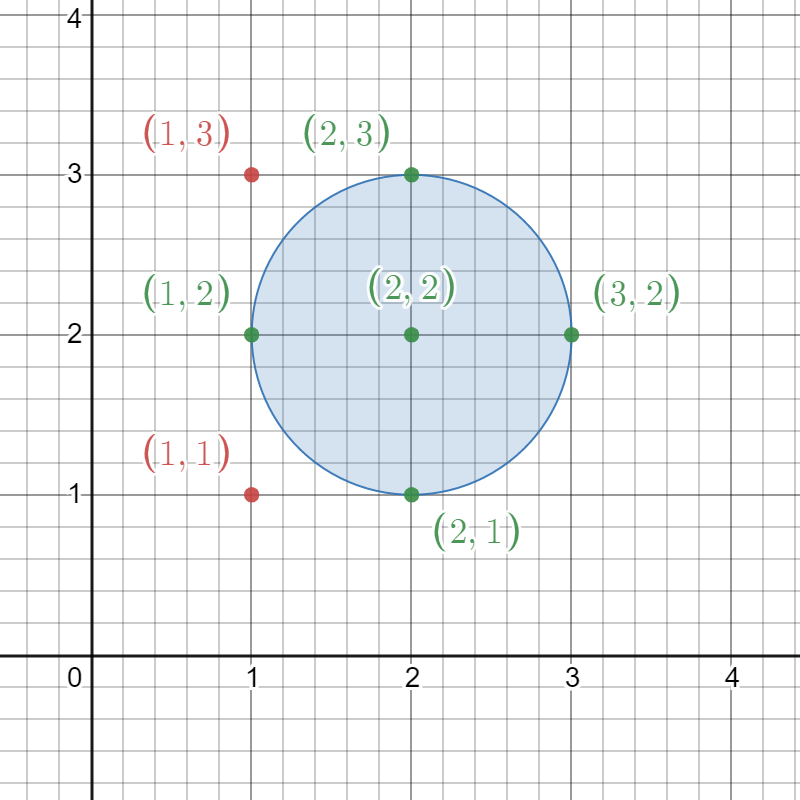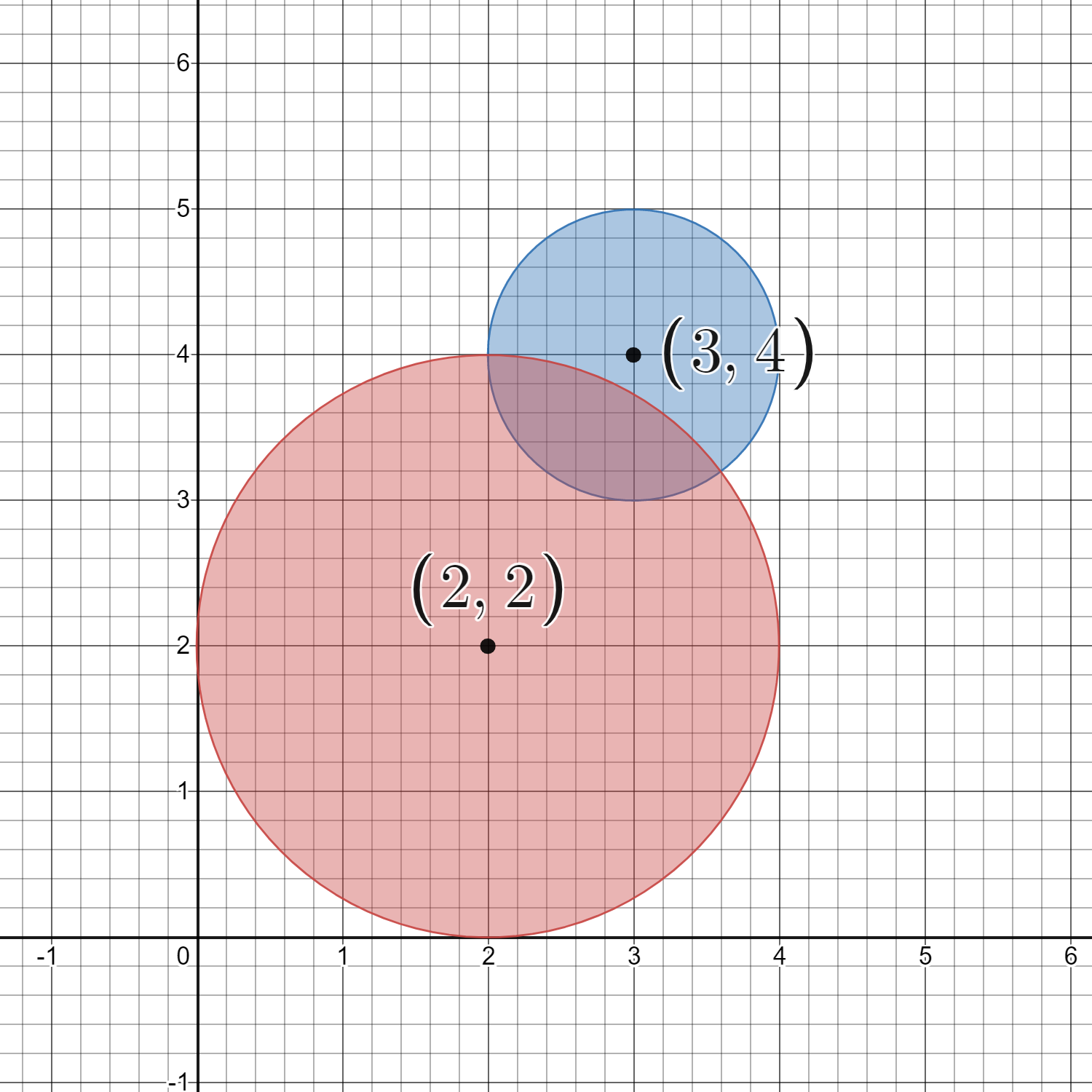You are given a string array words and a string s, where words[i] and s comprise only of lowercase English letters.
Return the number of strings in words that are a prefix of s.
A prefix of a string is a substring that occurs at the beginning of the string. A substring is a contiguous sequence of characters within a string.
Example 1:
Input: words = ["a","b","c","ab","bc","abc"], s = "abc" Output: 3 Explanation: The strings in words which are a prefix of s = "abc" are: "a", "ab", and "abc". Thus the number of strings in words which are a prefix of s is 3.
Example 2:
Input: words = ["a","a"], s = "aa" Output: 2 Explanation: Both of the strings are a prefix of s. Note that the same string can occur multiple times in words, and it should be counted each time.
Constraints:
1 <= words.length <= 10001 <= words[i].length, s.length <= 10words[i]andsconsist of lowercase English letters only.
Solution: Brute Force
Time complexity: O(n*m)
Space complexity: O(1)
C++
|
1 2 3 4 5 6 7 8 9 |
// Author: Huahua class Solution { public: int countPrefixes(vector<string>& words, string s) { return count_if(begin(words), end(words), [&s](const string& word) { return s.find(word) == 0; }); } }; |



